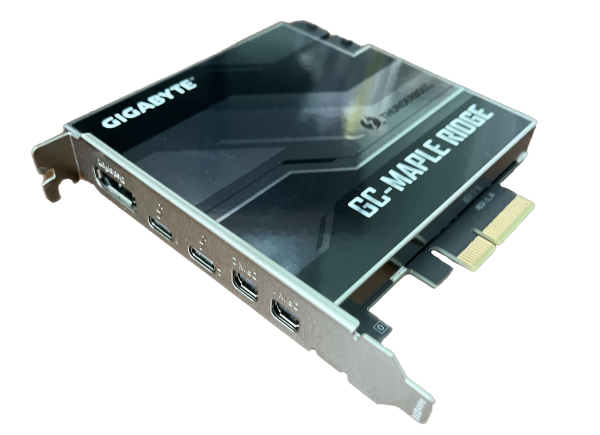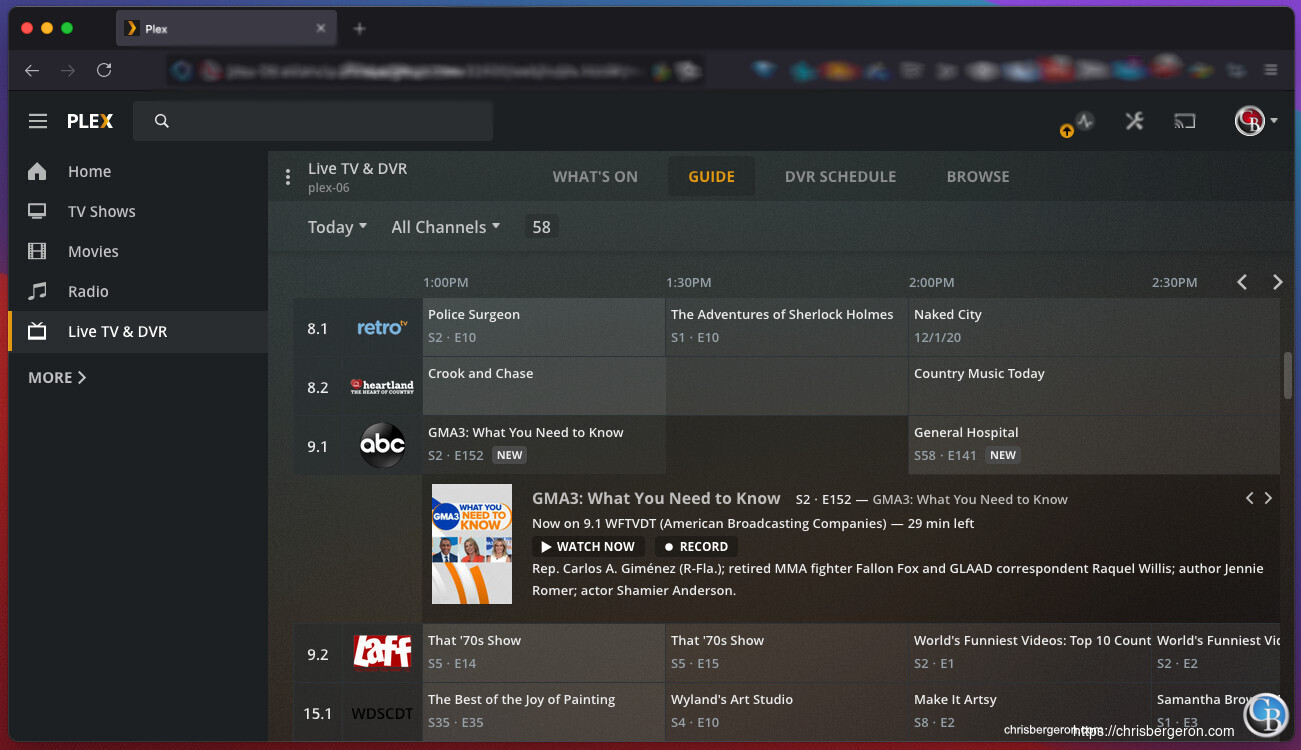Dynamic SSH ports with Hashicorp Vault TOTP
In this post I’m demonstrating how you could use Hashicorp’s Vault TOTP generator and an authenticator to connect to a dynamic ssh port. This is mostly a proof of concept and not a production grade solution, so use at your own risk.
What’s TOTP? It’s a Time-based One Time Password. TBOTP is probably too ugly of an acronym to have gained widespread use. I don’t know, I didn’t coin it.
¯\_(ツ)_/¯









